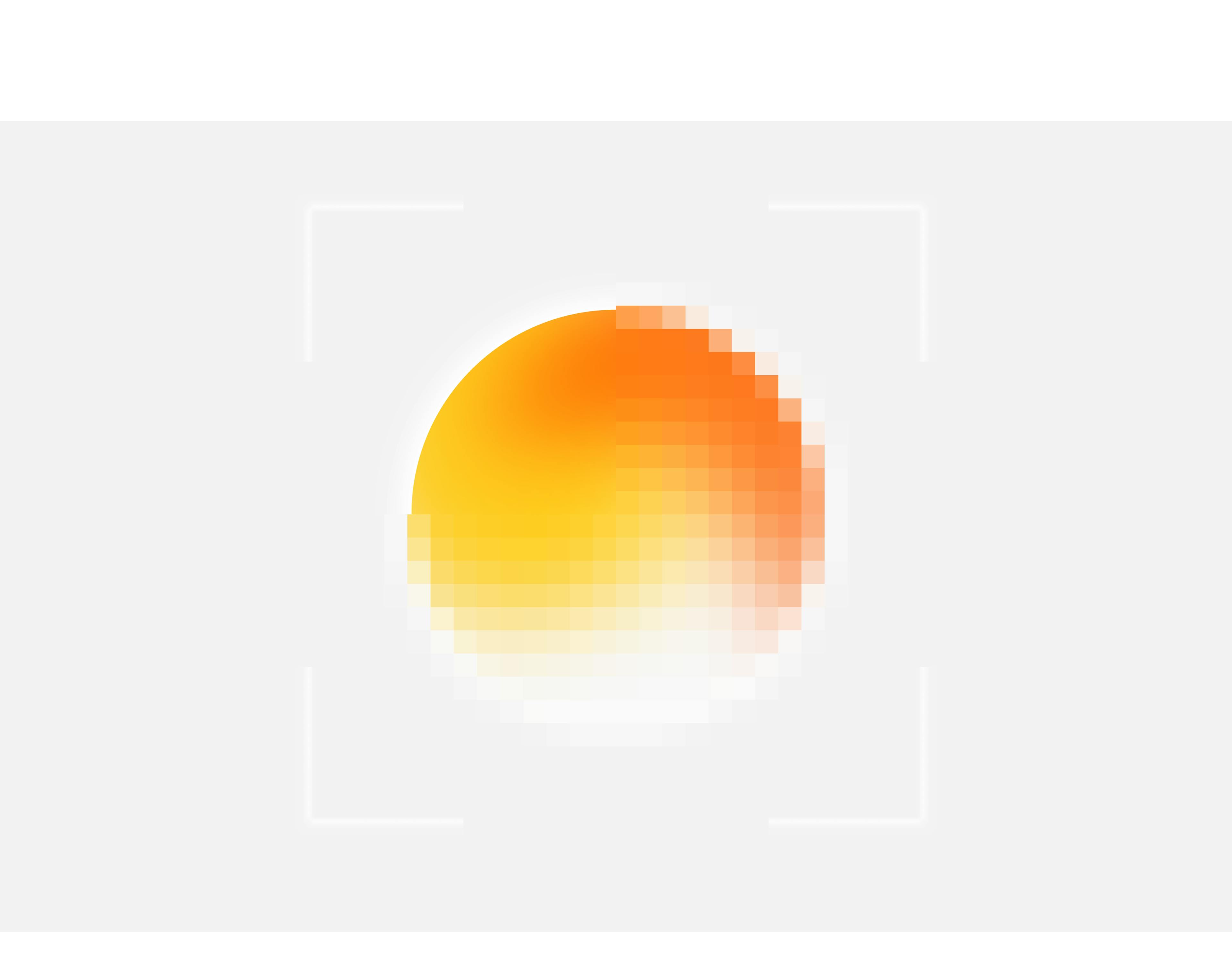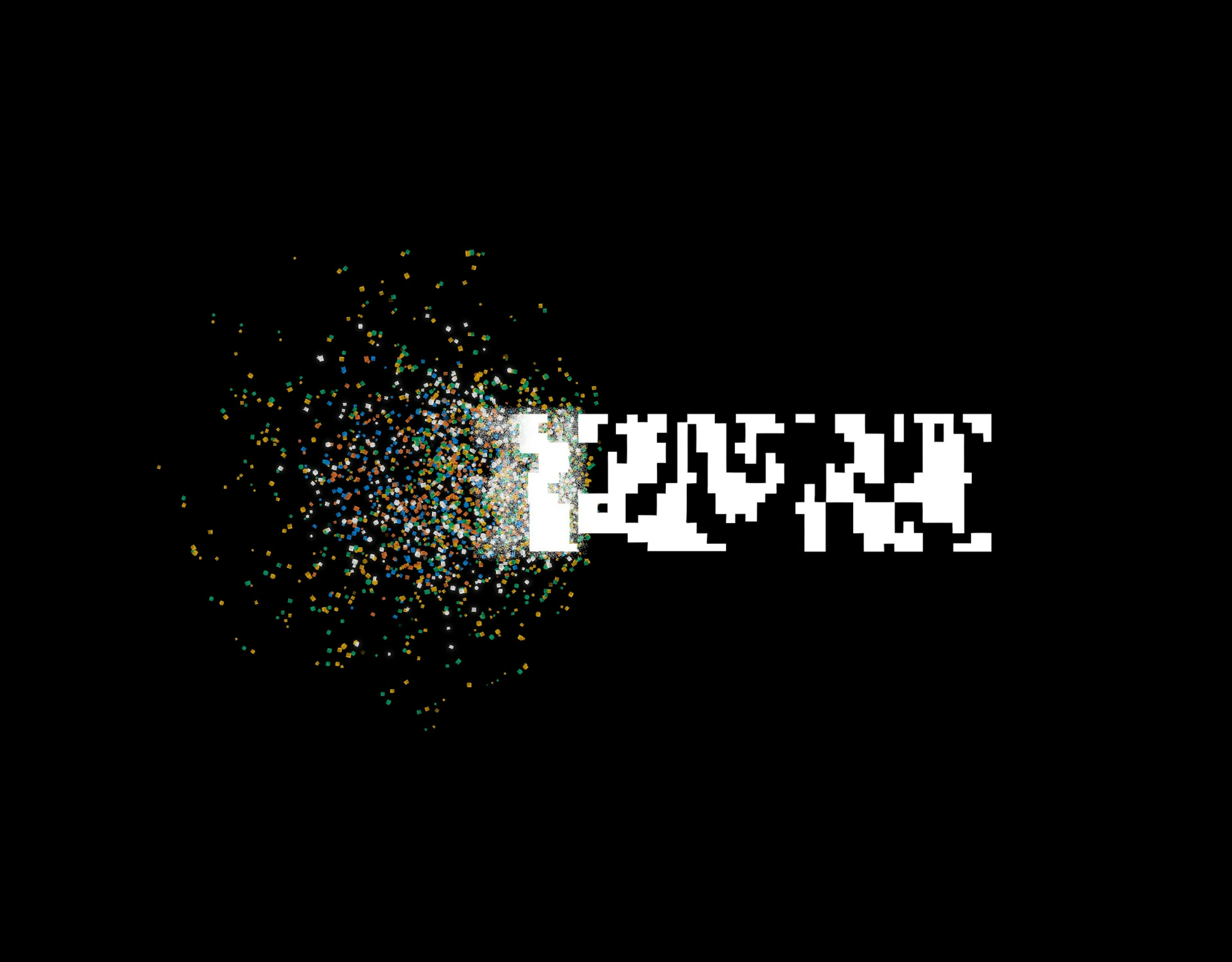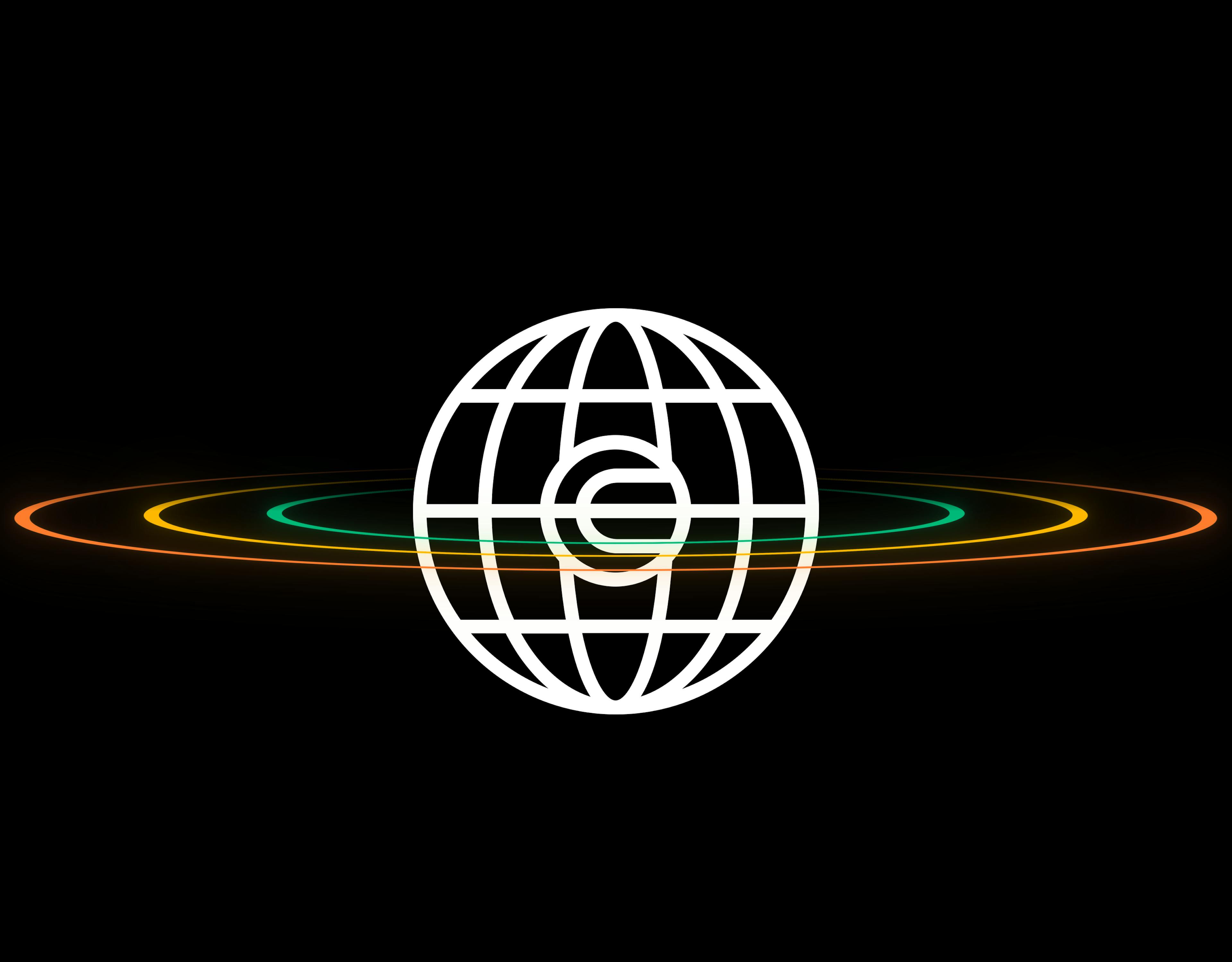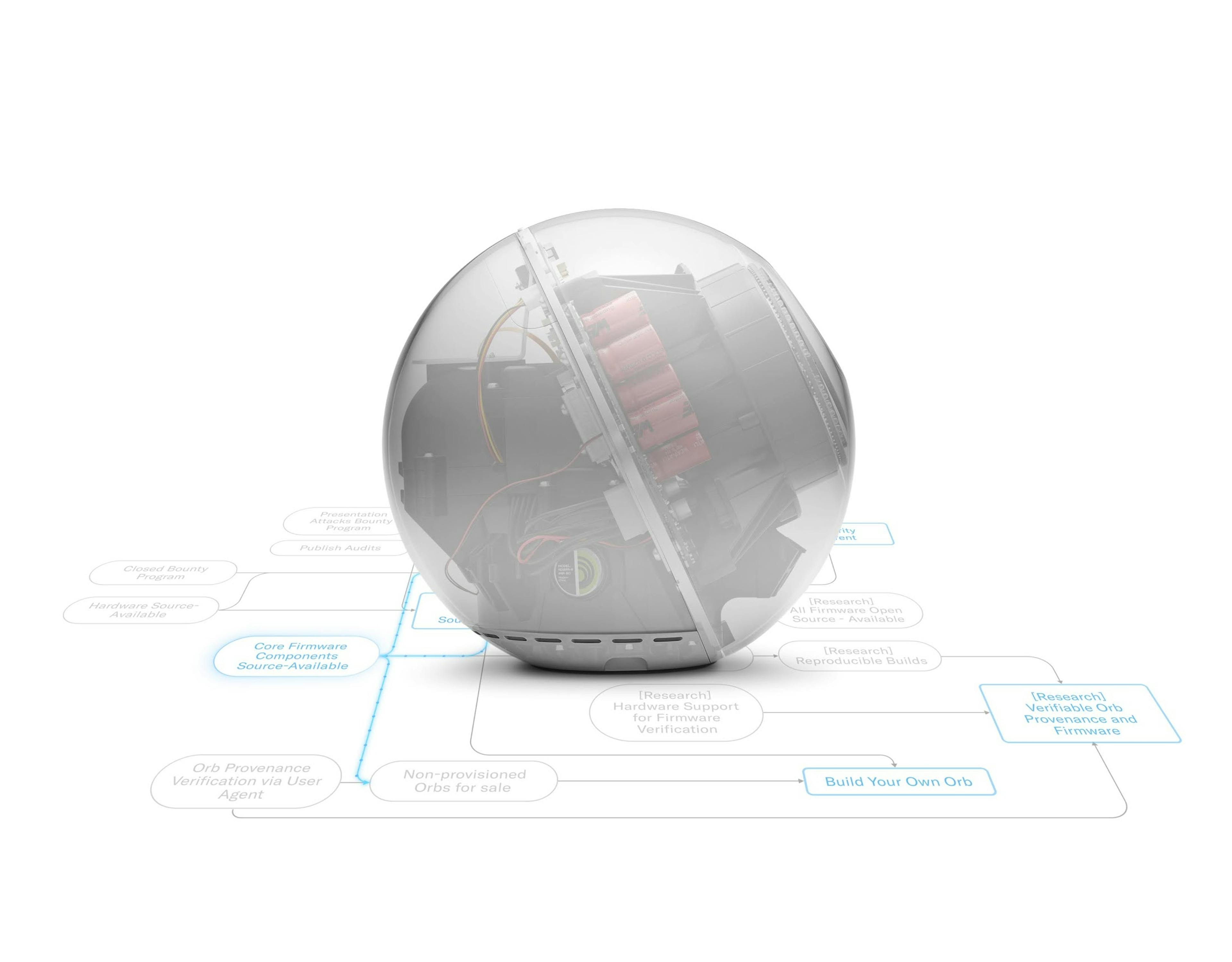
Transparency is essential for the growth and health of the Worldcoin ecosystem.
To that end, the Worldcoin Foundation has announced that the project’s iris recognition pipeline, also known as IRIS, is being open sourced. The pipeline sets a new standard in open-source end-to-end iris recognition systems, and open sourcing it has the potential to benefit the research community in a number of ways.
- Access the open source code Github repository here
- Access all available documentation here
What is IRIS?
The Iris Recognition Inference System (IRIS) represents the step-by-step process that transforms an iris image into an iris code, the numeric representation of one’s iris texture. It is the core engine that validates a person’s uniqueness at an Orb and allows the secure verification of their World ID. The Orb also contains a suite of fraud detection models that enables humanness verification, which are not included in IRIS. The IRIS pipeline can generally be broken down into the following steps:
- Segmentation (to segment iris texture using our open-source AI model)
- Normalization (to convert iris texture from Cartesian to Polar Coordinates)
- Feature extraction (to generate IrisCode using Gabor filters)
- Iris code matching (to generate Hamming distance between IrisCodes)
Each step in the process is vital for accurately validating the humanness and uniqueness of every Orb-verified World ID holder. A deeper explanation of the iris recognition pipeline is available
Importantly, no Worldcoin user data was used to train or fine-tune the IRIS pipeline. Rather, a research dataset from the University of Notre Dame du Lac (ND-IRIS-0405) was used, with the University's permission. This dataset was enhanced with manual labels, which themselves may be made available for research purposes.
Unlocking benefits for the public, technologists and researchers
Open-sourcing IRIS increases transparency around the Worldcoin system and gives the broader community the capacity to run, build and experiment with the new state of the art in open-source iris recognition. This, in turn, can help foster innovation in iris recognition and cooperation around the Worldcoin project’s core components.
Enabling researchers to evaluate publicly available iris datasets can help them gain important insights into how iris performance compares with other biometric modalities like fingerprints, face, and palm. It can also help researchers improve the accuracy, efficiency and security of iris recognition systems generally.
Further still, though IRIS is not itself a database or data collection tool, access to IRIS can enable research to better understand eye morphology and the impact of ocular disease. It may also accelerate hardware development for more affordable medical devices.
Looking ahead, the Worldcoin Foundation expects that the training dataset used for segmentation will be released to the research community.
Where to learn more and how to collaborate
Researchers are invited to review open sourced materials and collaborate. The code is available on Github under an MIT license, and the underlying model on the Hugging Face Hub under a dual MIT / Apache 2.0 license, free for all to access. Detailed documentation is available here.
The Worldcoin Foundation recently announced the Worldcoin Community Grants Program. Researchers are encouraged to apply for projects to help grow and improve the Worldcoin ecosystem. The deadline for the initial tranche of Community Grants is December 22, 2023.
Haftungsausschluss
The above content speaks only as of the date indicated. Further, it is subject to risks, uncertainties and assumptions, and so may be incorrect and may change without notice. A full disclaimer can be found in our Terms of Use and Important User Information can be found on our Risks page.
The Iris Recognition Inference System (IRIS) software repository is owned and maintained by the Worldcoin Foundation, the steward of the Worldcoin protocol; the repository is not affiliated with any other project or service provider.
Ähnliche Artikel

Ankündigungen ·
Forschung und Technik ·
Worldcoin Foundation stellt neues SMPC-System vor, das alte Iris-Codes löscht

Forschung und Technik ·
Eine skalierbare Heimat für Worldcoin finden.

Forschung und Technik ·
Ankündigungen ·
Worldcoin Foundation stellt Kernelemente der Orb Software als Open Source zur Verfügung

Forschung und Technik ·